Optimal Timing for Waterproofing Projects
Waterproofing is a crucial process to protect structures from water intrusion and damage. Proper timing ensures effectiveness and longevity of the waterproofing materials. The optimal time for waterproofing depends on weather conditions, temperature, and humidity levels, which influence the adhesion and curing of waterproofing products.
Spring offers moderate temperatures and lower humidity, making it ideal for waterproofing projects. It allows sufficient curing time before the summer heat and winter cold.
Early summer provides warm weather with less rain, facilitating effective application and curing of waterproofing materials.
Late summer can be suitable if humidity levels are manageable, but excessive heat may affect certain waterproofing products.
Early fall offers cooler temperatures and less moisture, which are favorable for waterproofing before colder months.

Ways to make Waterproofings work in tight or awkward layouts.
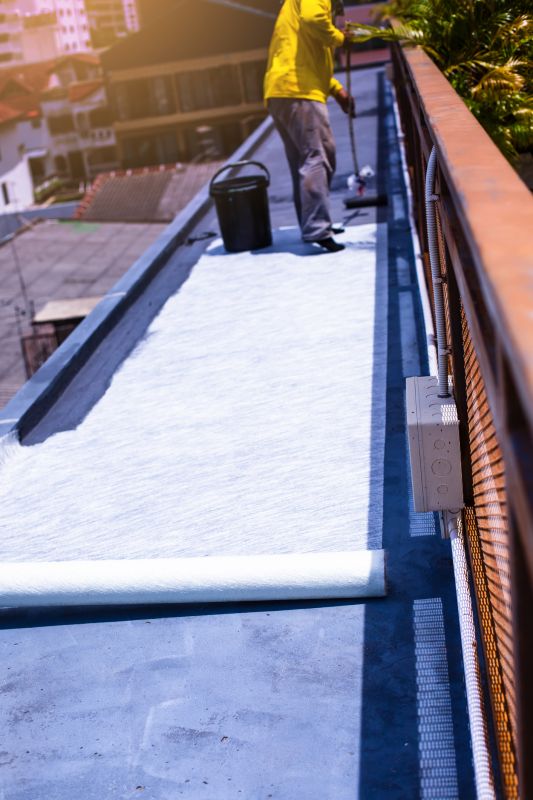
Popular materials for Waterproofings and why they hold up over time.
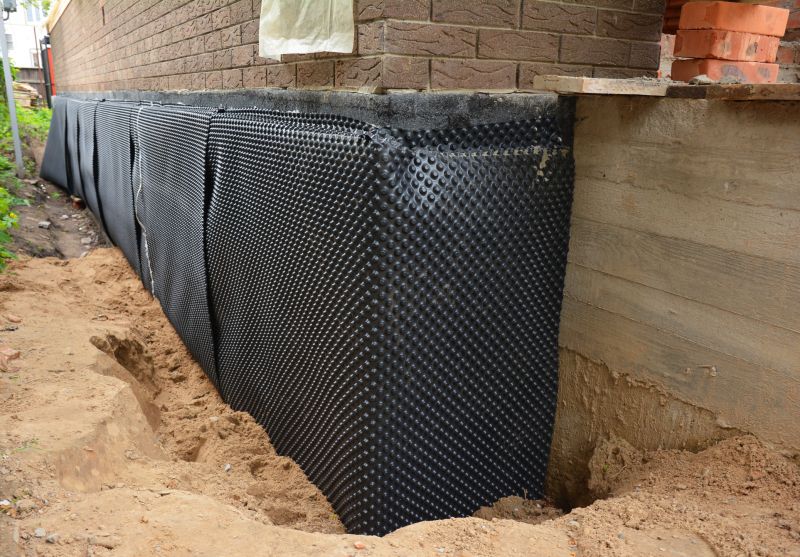
Simple add-ons that improve Waterproofings without blowing the budget.
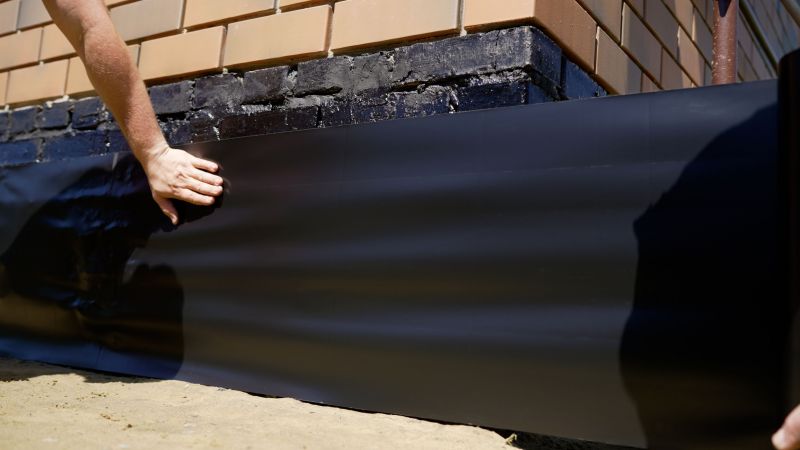
High-end options that actually feel worth it for Waterproofings.
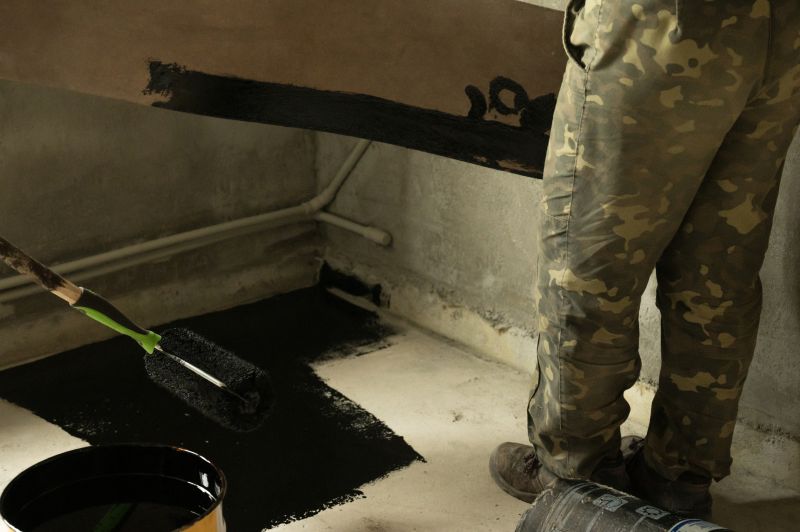
Finishes and colors that play nicely with Waterproofings.
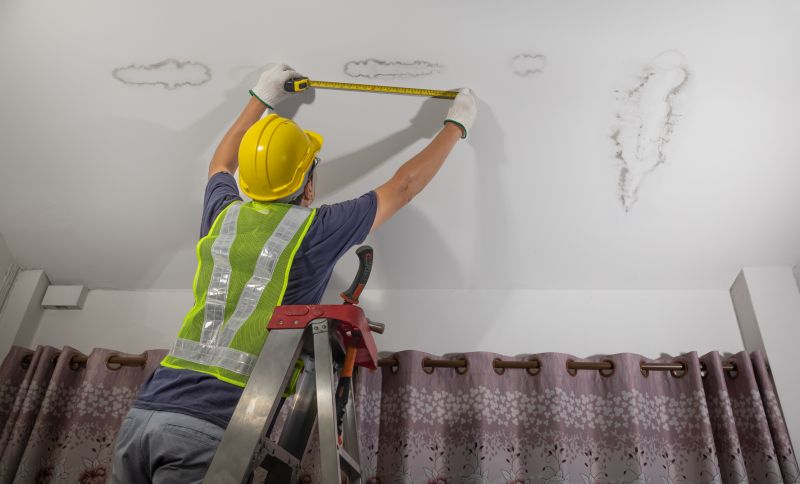
Little measurements that prevent headaches on Waterproofings day.
| Season | Ideal Conditions |
|---|---|
| Spring | Moderate temperatures, low humidity |
| Early Summer | Warm, dry weather |
| Late Summer | Warm, manageable humidity |
| Early Fall | Cooler temperatures, dry |
| Winter | Cold, freezing temperatures (not recommended) |
Waterproofings involve applying specialized materials to prevent water penetration in foundations, roofs, basements, and other critical areas. Proper application during suitable weather conditions enhances durability and reduces the risk of water damage. Statistics indicate that waterproofing can extend the lifespan of structures by up to 50 percent when performed correctly and timed appropriately.
Choosing the right time for waterproofing can significantly impact the effectiveness of the materials used. Factors such as temperature, humidity, and precipitation levels influence curing times and adhesion. It is recommended to avoid waterproofing during extreme weather conditions, such as freezing temperatures or heavy rain, to ensure optimal results.
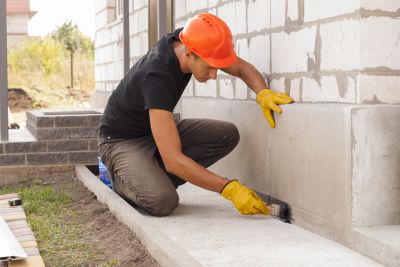
A 60-second routine that keeps Waterproofings looking new.

A frequent mistake in Waterproofings and how to dodge it.
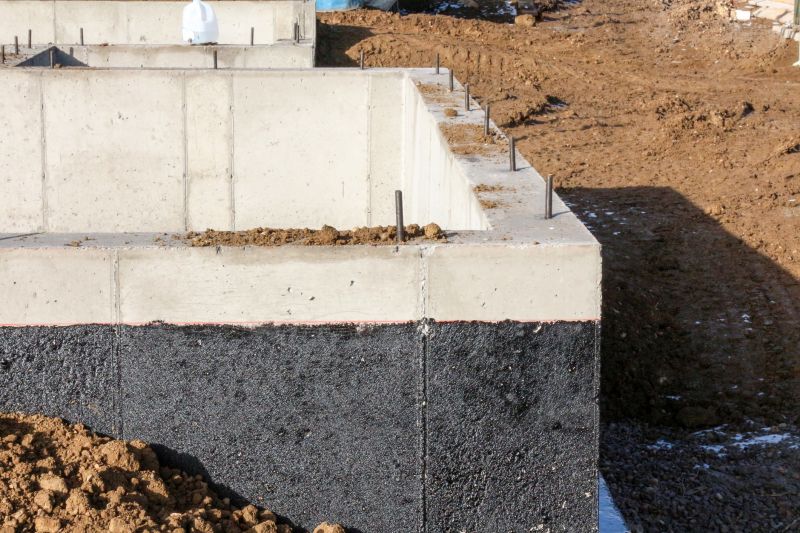
Small tweaks to make Waterproofings safer and easier to use.

Lower-waste or water-saving choices for Waterproofings.
Interested in waterproofing services? Filling out the contact form can provide further information and assistance in planning waterproofing projects tailored to specific needs.

